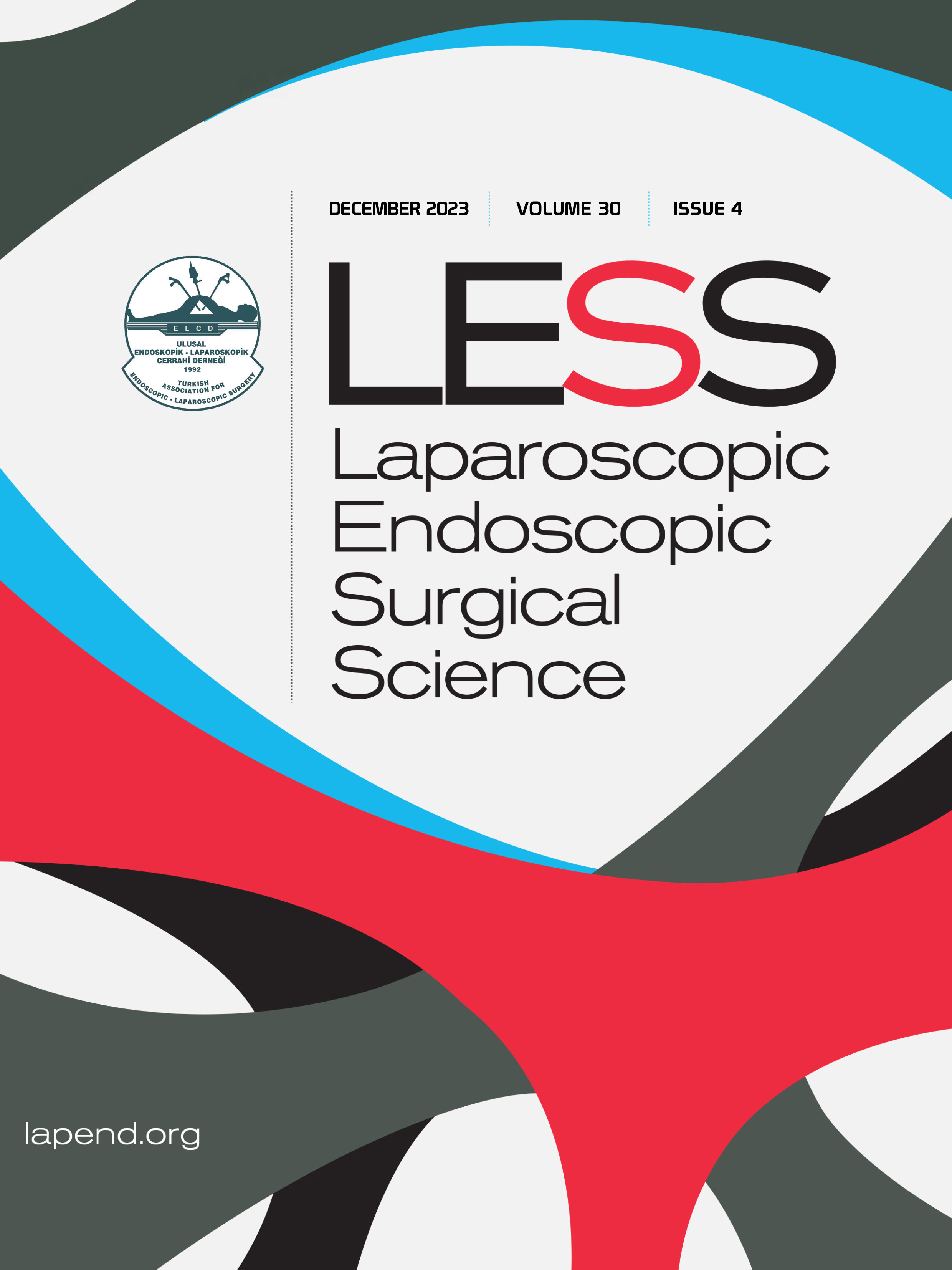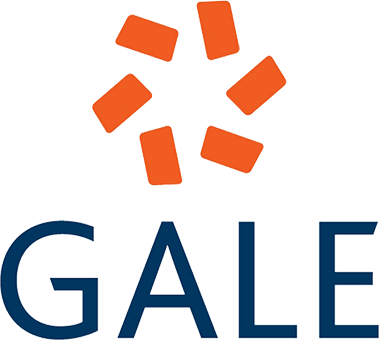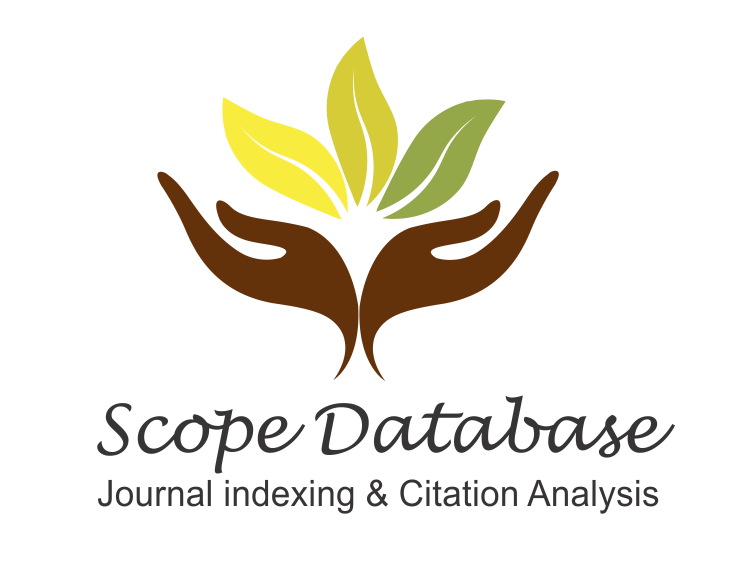Learning total extraperitoneal (TEP) herniorrhaphy without supervision: A study on proficiency, efficiency, and safety
Yahya Ozel1, Yalçın Burak Kara2, Sevde Nur Emir31Department of General Surgery, Dogus University, Istanbul, Türkiye2Department of General Surgery, Bahcesehir University, Istanbul, Türkiye
3Department of Radiology, Umraniye Training and Research Hospital, Istanbul, Türkiye
INTRODUCTION: This study investigated the learning curve (LC) of TEP herniorrhaphy performed without super-vision and with telescopic dissection.
METHODS: This study was a retrospective data analysis. Patients who underwent inguinal hernia repair via the TEP method between April 2009 and December 2012 were included. Data from patient records, such as demographic information, hernia type, surgical details, intraoperative and postoperative complications, conversion to other surgical techniques, and early hernia recurrence, were collected and analyzed.
RESULTS: A total of 141 patients were included in the study. The mean age was 48.5±14.7 years, and 131 (92.9%) patients were male. The mean surgery duration was 66.7±15.3 minutes. After performing 75 TEP herniorrhaphy surgeries, a significant reduction in operative time was observed (p<0.001). The study also reported that 9.2% of surgeries required conversion to other techniques, such as transabdominal preperitoneal (TAPP) or open hernia repair, with the conversion rate decreasing after the 75th surgery. Of the 12 conversions, 9 occurred during the first 75 cases, whereas only 3 were recorded afterward.
Postoperative complication rates remained consistently low throughout the study. Hematoma was observed in only 1.4% of patients, seroma in 4.3%, and mesh infection in 0.7%. There was no significant difference in complication rates before and after the 75-case threshold, suggesting that the safety of the procedure was maintained throughout the learning process. Early recurrence of hernia occurred in one patient (0.79%) within the first month.
DISCUSSION AND CONCLUSION: This study demonstrated that surgeons with sufficient laparoscopic experience can effectively and safely learn TEP herniorrhaphy without the need for supervision or the use of a balloon dissector, a tool that typically increases procedural costs. However, more complex cases should be approached cautiously until the LC is fully established.
Keywords: Complication rates, hernia repair, laparoscopic surgery, learning curve, operative time. TEP herniorrhaphy, un-supervised surgery
Manuscript Language: English















